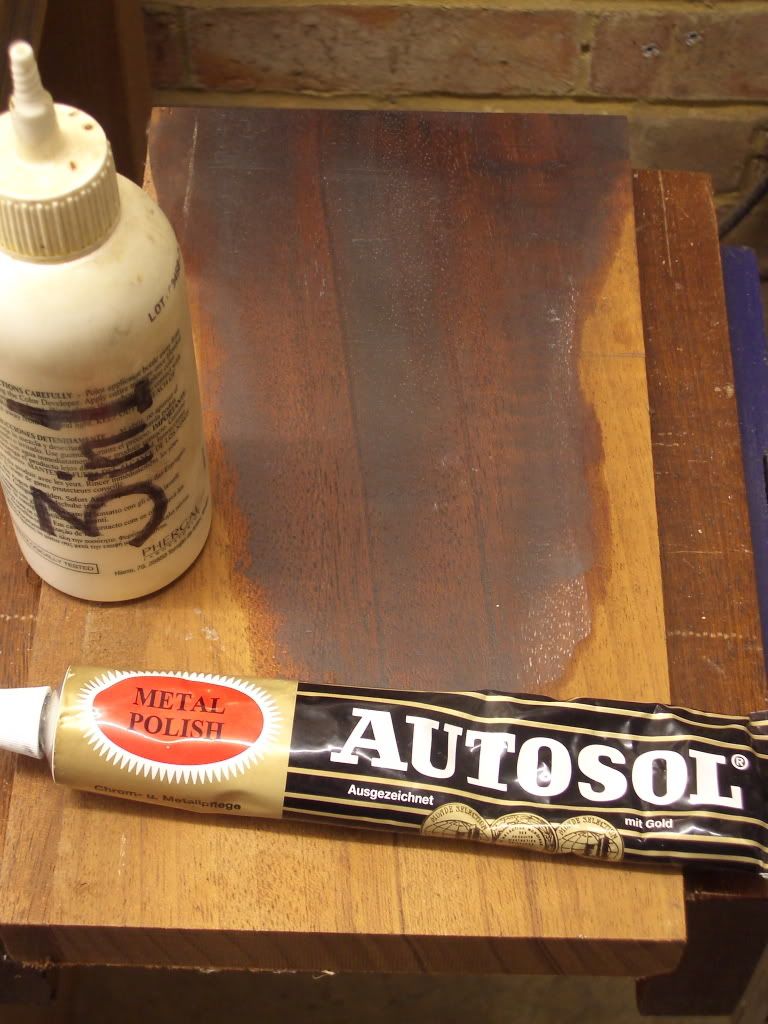Cheshirechappie":2n3a98a4 said:
I think there may be a slight difference in the way diamond stones work when compared to - say - waterstones. The diamonds are held in a matrix such that they are immovable, and act like a large number of small cutting tools, shaving bits off the workpiece. Waterstones act more by having moving particles rolling around on their surfaces in a slurry of water, acting with rather more a burnishing, polishing action - as much deforming the peaks of the irregularities on the workpiece surface into the troughs on it as cutting bits of it off. Hence the 'finish' from a waterstone (or some fine natural stones) is smoother and more polished than from a fixed-matrix diamond stone. Fixing very small diamonds in a matrix is difficult, hence there are no diamond polishing stones.
Hello,
I don't think the reason diamonds stones are different than waterstones is quite like this. Waterstones do actually cut in the main. Fraible nature exposes new, sharp, cutting particles and the slurry contains lots of finer broken abrasive, which all cut. The difference is due to 'point count'. There are a lot less diamonds per surface area than the abrasive found in waterstones, so the scratch pattern is much further apart, even if the particle size is the same. DMT actually make a 10000 diamond plate, which is very fine, but he particles are less tightly packed than those in the equivalent water or oil stone, so do not appear to give as fine an edge. I have been dipping in and out of researching polishing metals and I am getting the impression that the lower point count in diamond stones actually cause sub surface damage to the steel, resulting in earlier edge failure of the tool. When I get more time and if I ever get some spare cash to splash out on a 10000 diamond plate, I will do a comparison between it, Japanese waterstone and Arkansas oilstone.
I have used chromium oxide on leather or mdf, which works very well. Japanese stones taken to a fine enough degree, do away with that stropping stage altogether, though.
Mike.

































